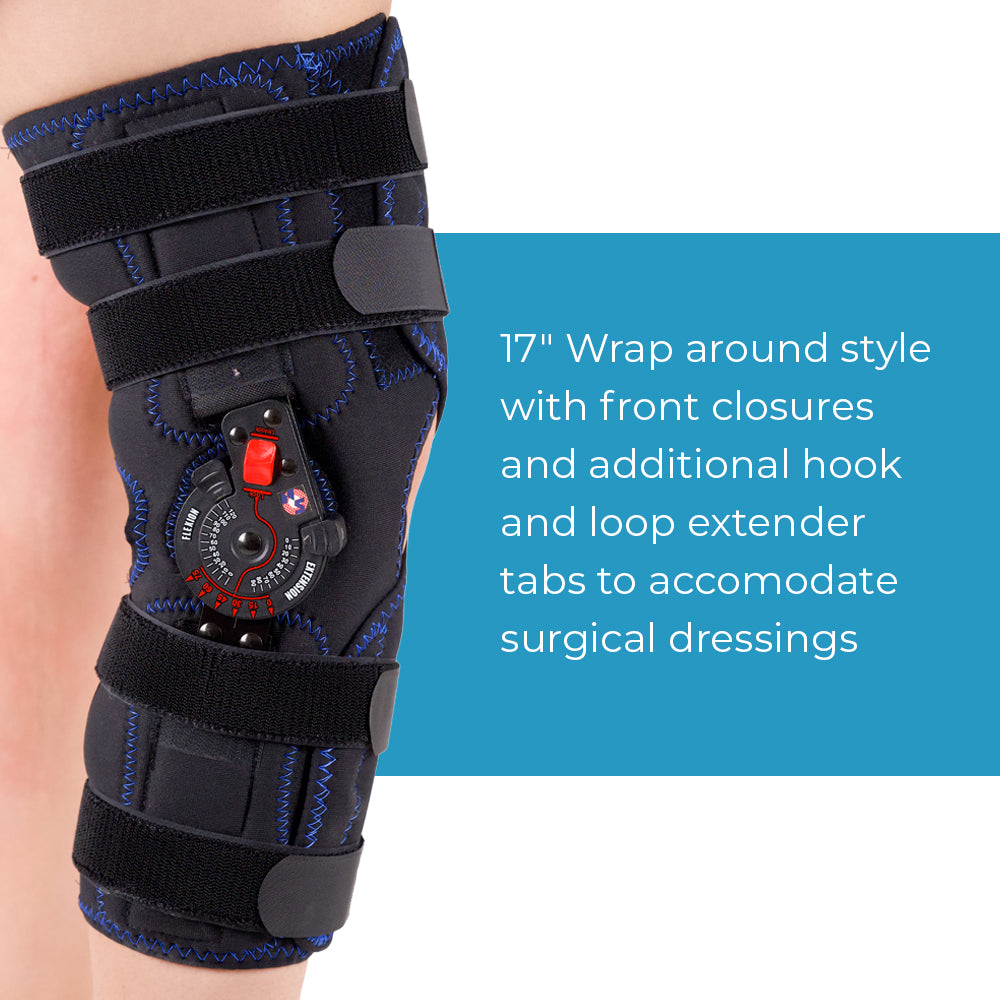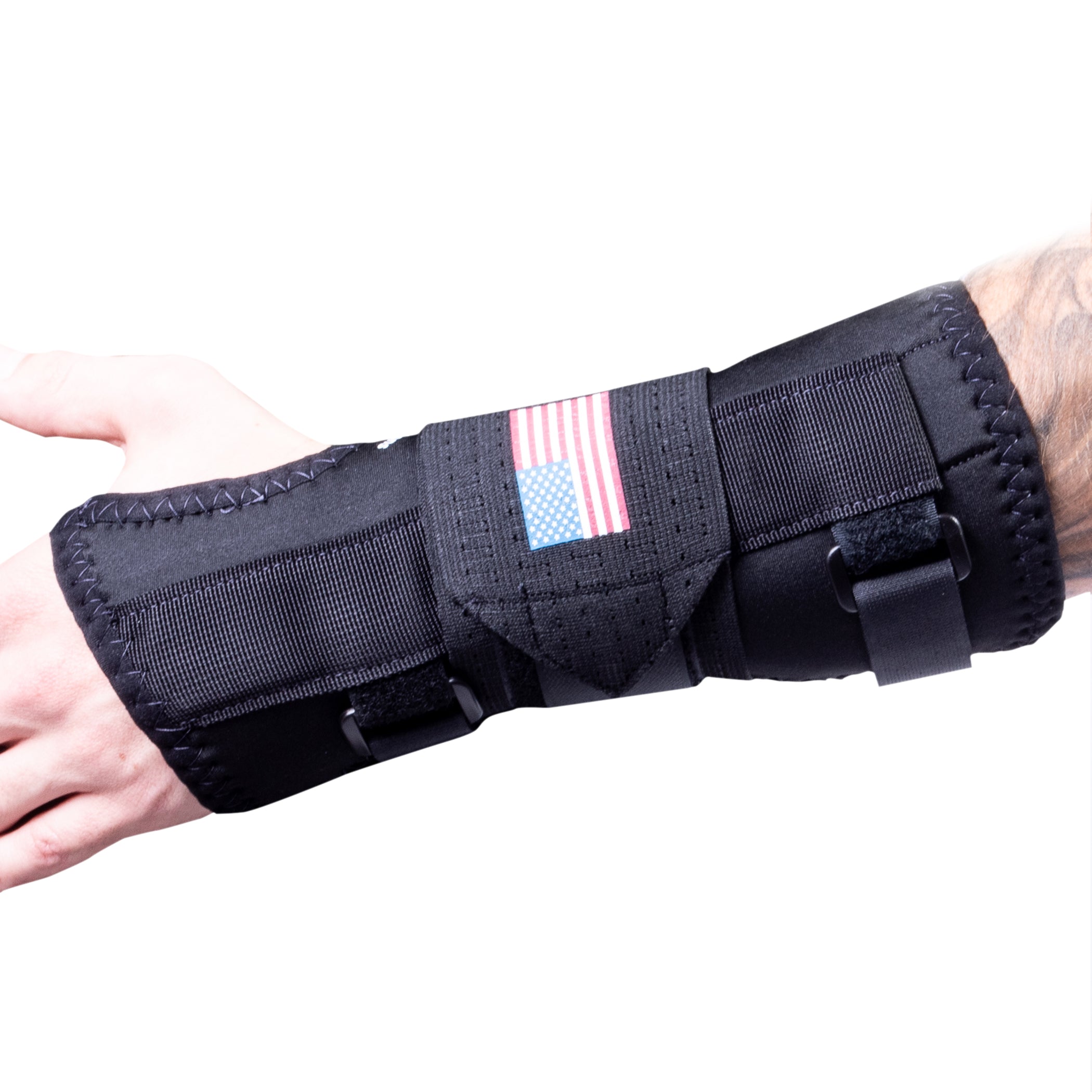The Comprehensive Guide to the Role of Orthopedic Braces in Fracture Recovery
Every year, millions of people worldwide experience fractures, a partial or complete break in the bone, resulting from sports, accidents, or osteoporosis. While the treatment approach for fractures has evolved, the fundamental goal remains consistent: realign the broken bone segments and keep them aligned until the healing process is finished.
One of the crucial tools in achieving this objective is the use of orthopedic braces, devices designed to support and hold bones and muscles in place during the healing phase.
Understanding the significant role of orthopedic braces in fracture recovery requires an in-depth look into their types, functions, and the principles behind their effectiveness. This thorough guide aims to give readers insights into how these medical aids affect the healing process, offering an invaluable resource for patients and caregivers alike.
Understanding Fractures and the Healing Process:
Because a fracture alters a bone's normal structure, a biological process is required to put the pieces back together. There are several stages to this process:
- Inflammatory phase: Immediately after the bone breaks, bleeding occurs, forming a fracture hematoma. The area swells, which signals the body's repair system.
- Reparative phase: Soft cartilage (soft callus) replaces the hematoma, followed by a hard bone (hard callus) formation, bridging the fracture gap.
- Remodeling phase: The bone continues to form and eventually remodels to resemble its original shape and structure.
The location, severity, age, underlying medical conditions, and nutritional status of the patient are all factors that can affect how long the healing process takes. Orthopedic braces work within this context, offering the necessary support to ensure optimal healing conditions.
The Role of Orthopedic Braces in Fracture Healing:
- Stabilization: One of the primary roles of an orthopedic brace is to maintain bone alignment by stabilizing the fractured area. Keeping the bone ends stationary and in proper position is crucial for healing, as misaligned bones can lead to malunion, where bones heal in an incorrect alignment, or nonunion, where bones fail to heal.
- Load-Sharing: Braces assist in weight distribution around the injured area. For instance, in a leg fracture, a brace helps bear a patient's weight when standing or walking, reducing stress on the fracture site and promoting healing.
- Controlled Mobility: Certain fracture types heal better with controlled, limited movement, as it encourages healthy circulation and stimulates bone reconstruction. Braces, especially functional types, offer this benefit by allowing safe ranges of motion.
- Comfort and Pain Reduction: By immobilizing the fracture, braces help alleviate pain. They provide a supportive cushion against impacts and vibrations, which could exacerbate discomfort or impede healing.
- Corrective Support: Post-operative or post-casting, braces can help maintain corrective measures taken during surgery or casting. They ensure that the benefits gained from these initial treatments are not lost through premature or excessive movement.
Types of Orthopedic Braces:
Orthopedic braces come in various forms, each designed to address specific needs in the fracture recovery process.
- Cast Braces: Traditionally, after a cast (a hard protective shell) removal, cast braces may be used for the transition phase, offering support while allowing more mobility compared to conventional casts. They are often adjustable, helping accommodate swelling and enhancing comfort.
- Functional Braces: These braces support the area around the fracture, promoting safe, limited movement to aid in recovery. Functional braces are commonly used in specific fractures like those in the lower leg, ankle, or foot, encouraging more rapid rehabilitation.
- Restrictive or Immobilizing Braces: For fractures requiring minimal movement, restrictive braces are vital. They help stabilize the injured area, ensuring bone alignment and proper positioning for healing. Spinal fractures often necessitate such braces.
The use of any brace type depends on several factors, including the fracture type, its location, and the overall treatment plan. An orthopedic specialist will recommend the most suitable option based on individual patient assessments.
The best braces for fracture recovery:

Pro-Former ROM 17" Koolflex Wrap Around Post-OP Brace W/Drop Lock/ROM Hinges (KC65-DLROM)

10" Koolflex Wrist Support (WC33)
Factors Influencing the Effectiveness of Orthopedic Braces:
- Fit and Adjustment: Proper fit is crucial for a brace's effectiveness. An ill-fitting brace can cause discomfort, skin issues, or even compromise bone alignment. Regular adjustments are necessary, accounting for decreased swelling and changes in muscle mass.
- Adherence to Recommendations: Patients must follow guidelines regarding the duration and context in which they should wear their braces. Non-compliance can delay healing or worsen the injury.
- Associated Therapies: Often, bracing is part of a comprehensive treatment plan, including physiotherapy, medication, and lifestyle adjustments. The synergistic effect of combined therapies enhances the healing process.
- Timely Application: The brace's effectiveness is also tied to its application at the appropriate stage in the healing process. Delayed bracing can miss the crucial window where it could have offered maximum benefit.
Orthopedic braces are invaluable in the journey of healing from fractures. They bridge the delicate phase between injury and recovery, ensuring that the healing bone maintains optimal alignment and stability. While they are not standalone solutions, their role in the comprehensive care and management of fractures is undeniable. They offer a blend of support, protection, and in some cases, mobility, fostering an environment conducive to healing.
High-quality supportive devices are essential in the complex process of fracture recovery, which is why New Options Sports braces stand out as the top option for many patients and medical professionals. These braces, known for their premium materials, adaptable fit, and cutting-edge technology, provide not only support but also the assurance that comes from having a trustworthy healing partner.
Patients who choose New Options Sports braces adopt a proactive recovery strategy and ensure they receive top notch comfort and design.


















